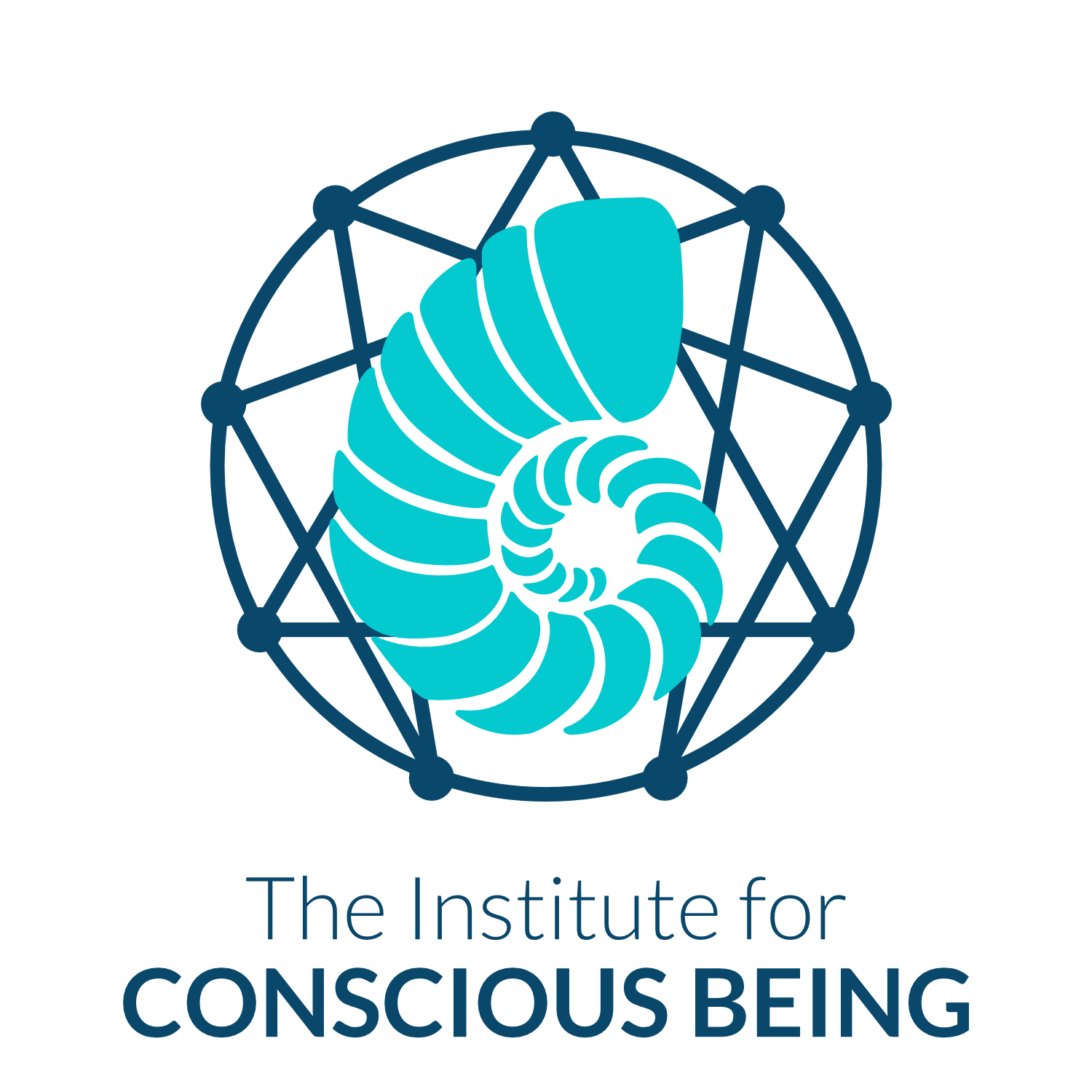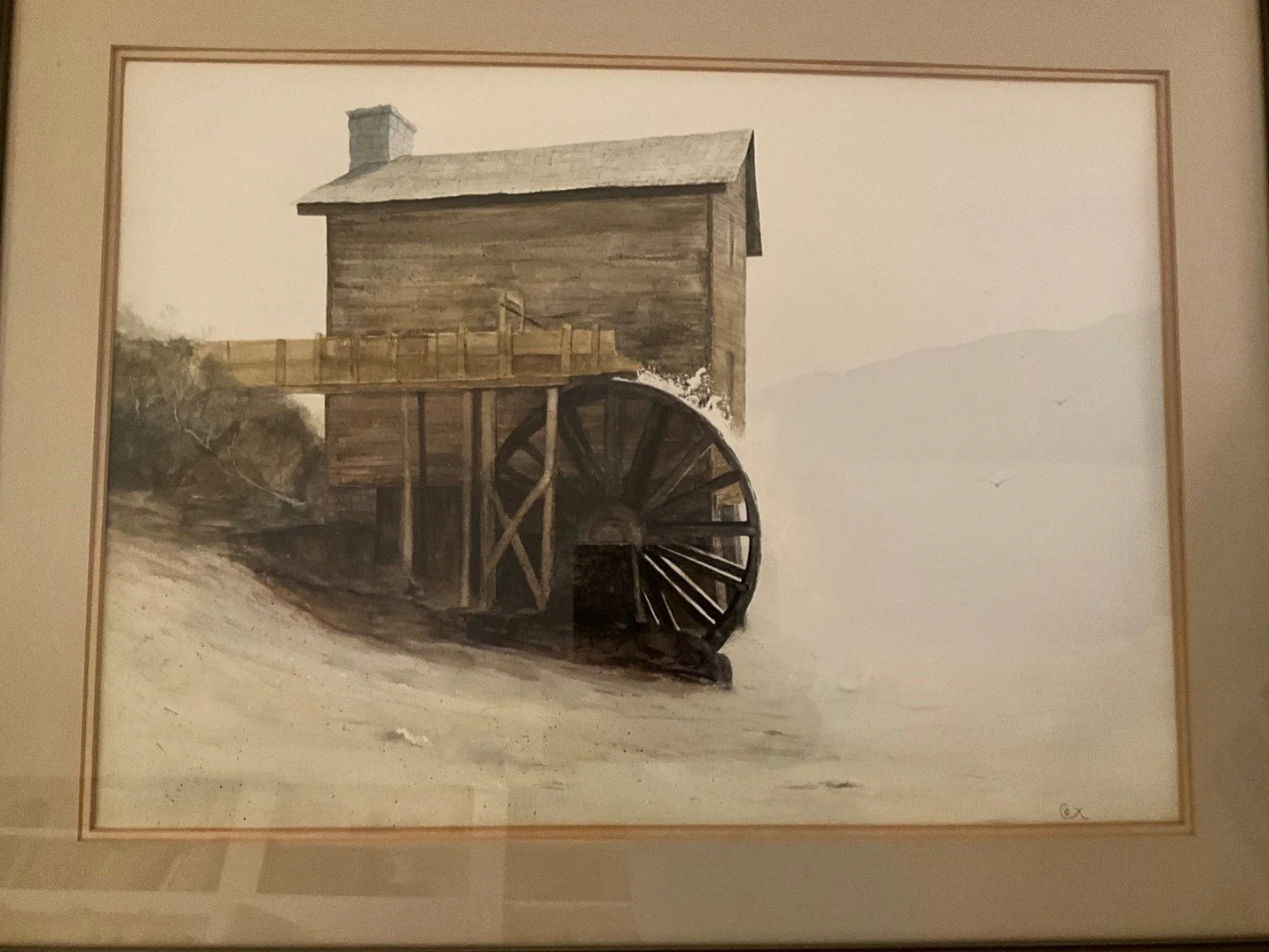Imagine Part 7
December 28, 2024
Imagine Part 7
My friend, George Fountain Cox, left this realm seven years ago. He was 88, a clinical pastoral counselor, and a fantastic artist. As with most artists, George began painting inanimate objects or still life. Then, it progressed into more abstract and impressionistic works. George was a regionally known watercolorist and collage artist.
George and I worked together at the local hospital—he was the chaplain, and I was on staff as a psychologist teaching the Behavioral Sciences to family practice residents. Getting to know George was a privilege. He became a dear friend, like family, of mine and Lark's. George and I took long walks at the track— we had many deep discussions: we were both interested in spirituality; he was a kind, gentle soul who'd grown up in poverty, had been in the Korean Conflict, and learned the Japanese language to be a missionary there for seven years. Old enough to have been my father, he understood reality when, during my young adult years, (I met him when I was 28) was too full of ego to accept it fully. He helped me see to it.
When George was in his forties, the subject matter of one of his watercolor paintings was an old country mill in South Carolina, where he was born. The mill is painted realistically down to every board and architectural detail. However, a third of the painting is open space with no representations except what appears to be a faint hill, fine mist, and three flying birds, all of which are hardly detectable.
I believe this open space represented George's unknown future. In it was his imagined unled life— a different existence for himself. Several years after he painted this watercolor, his life radically changed. It became less rigid, less prescribed, and less fearful. He was able to leave what he described as an unhealthy marriage and, through hard inner soul work, became a Jungian-oriented psychotherapist.
All of his life's experiences, including abuse from a mentally ill mother to his two beautiful daughters and grandchildren, were "grist for the mill." As he aged, he didn't level out or stagnate—he became more vital, more inspired, and spiritually deeper. I believe this was because he was imaginative, curious, creative, and wise.
George would often talk about his childhood. One of his stories is about being on his bed as a very young boy in the house where he and his family lived. The house was so poorly constructed that he could see outside between the wallboards. He told me that he imagined the world outside those walls. Now I understand the childhood story's impact on his soul. The man I knew walked through every wall in front of him with consciousness, and he made space to imagine each life to come.
Spiritual practice: Do you have a childhood story that you revisit? Can you look at that story in terms of how it impacted your soul? Has the story repeated itself as life has continued? Why do you go back to that story? Look at some childhood pictures if you can't think of a story. You may find more emerging if you first write your impression, then the story.
Self-Inquiry: What do you spiritually imagine for your future?
Dear God,
I am so grateful for the gift of your child George. He has taught me more than I have been able thus far to process. He was more than a friend; he was a spiritual model for how to live consciously and genuinely. My heart misses him, and I am so grateful. Amen


